
The Rofe Park Bushland
Defining Characteristics and Gallery
Rofe Park is an area of natural native bushland of approximately 50 acres (20.23 hectares) gifted to the people of Ku-ring-gai by the Rofe family in 1927. The park is part of an unbroken three-kilometre-long stretch of bushland (Sheldon Forest, Rofe Park and Comenarra Creek Reserve) that connects the Pacific Highway with Lane Cove National Park in South Turramurra.
The Avondale Creek flows through the park, there are two waterfalls (from different branches of the creek) and natural caves.
Rofe Park is rated 4th in importance for funding out of locations in Ku-ring-gai Council’s Bushland Prioritisation Matrix. The natural bush corridor that includes Sheldon Forest, Rofe Park and Comenarra Creek Reserve forms a State BioBanking site, (see No.3 page 16) and is one of only seven biobank sites established in NSW through the Linking Landscapes - Local Action grant program. The Rofe Park bushland is as pristine as the best within the metropolitan envelope.
Geology
Rofe park is a typical Hawkesbury Sandstone valley, 70 metres deep with steep rocky sides and spanning the upper third of the ±230 m thick Hawkesbury Sandstone formation. The sandstone is overlain by the alternating thin sandstones, siltstones and laminites of the 2-10 m thick Mittagong Formation which survives on the valley shoulders, notably around Mimosa Oval. Soils are classified Acid Sulphate category 5.
Vegetation
Coachwood forest follows the rocky creek lines of the narrow valley bottoms and ravines and is better represented here than in most parts of the Lane Cove catchment. Accompanying tree species include Grey Myrtle Backhousia myrtifolia, especially upstream from Avondale Dam. The cool, highly shady character means ground flora is limited to ferns or is absent altogether, though there is a notable wealth of seasonal fungi. Fern species are quite diverse, especially around the two waterfalls where at least five species grow.
The dominant tree species of the valley sides is Blackbutt, locally exceeding 30 metres in height. It is accompanied by scattered Turpentines and Sydney Red Gums, also Sydney Peppermints and Black Sheoaks on higher slopes. Some of the large Blackbutts are more than 100 years old. The park includes Critically Endangered Blue Gum High Forest that is mainly located in Sheldon Forest to the north-east of Rofe Park.
Animal species
• The Powerful Owl particularly likes roosting in the dark, protective canopies of coachwoods and turpentines. Yellow-tailed black cockatoo, Sulphur crested cockatoo, Galah, King parrot, Rainbow lorikeet, Crimson rosella, Red wattlebird, Laughing kookaburra, Eastern koel, Grey butcherbird, Pied currawong, Tawny frogmouth, Southern boobook, White-headed pigeon, Superb fairy-wren.
• Brushtail and ringtail possums, Sugar glider, Long-nosed bandicoot, Southern bush rat, Swamp wallaby, Short-beaked echidna, Eastern water dragon, Red bellied black snake, Eastern brown snake, Green tree snake.
• Several threatened species are known to live in the area, such as the Red-crowned toadlet, Gang-gang cockatoo, Powerful owl, Eastern bent-wing bat, Eastern freetail bat, Yellow-bellied sheathtail-bat and Grey-headed flying-fox.
References;
John Martyn - Field Guide to the Bushland of the Lane Cove Valley. STEP Inc Published 2010
Ku-ring-gai Council - Webmap/ Biodiversity offsets/ Bushland plans and policies/Bushland plan of management 2020
Facilities
There are several excellent walking tracks through Rofe Park. They vary in grades from easy around the Oval to more difficult heading up to Warragal Road and Sheldon Forest or across to Troon Place in Pymble. At the Mimosa Road end of the Park is a childrens playground with equipment. Mimosa Oval, a toilet block, dressing room and carpark. South Turramurra Scout hall is at the end of Kate St, the home of 2nd Turramurra Scouts.
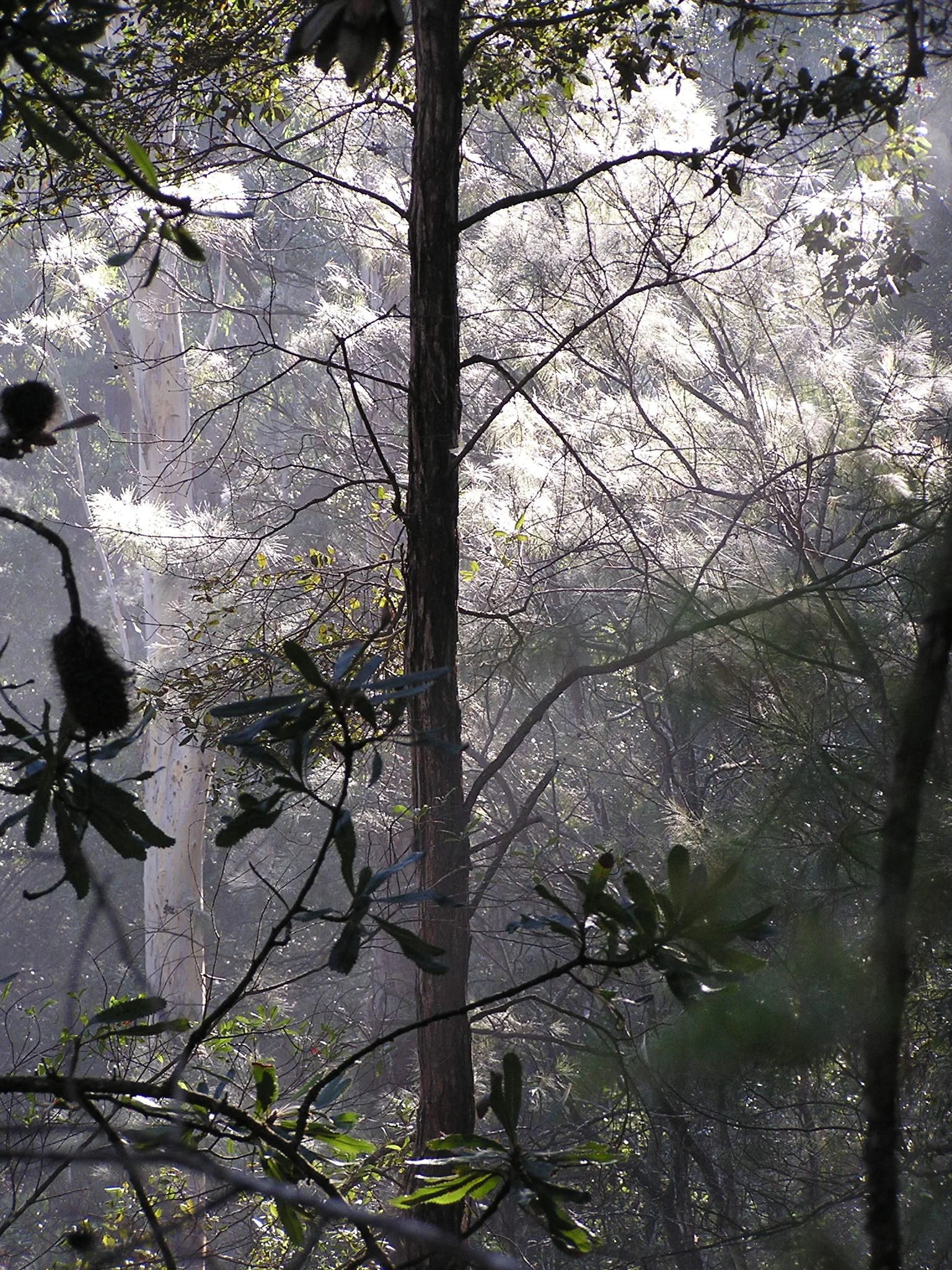
Gallery
All the Rofe Park Gallery photos are by John Martyn

Helmet orchids Corybas aconitiflora
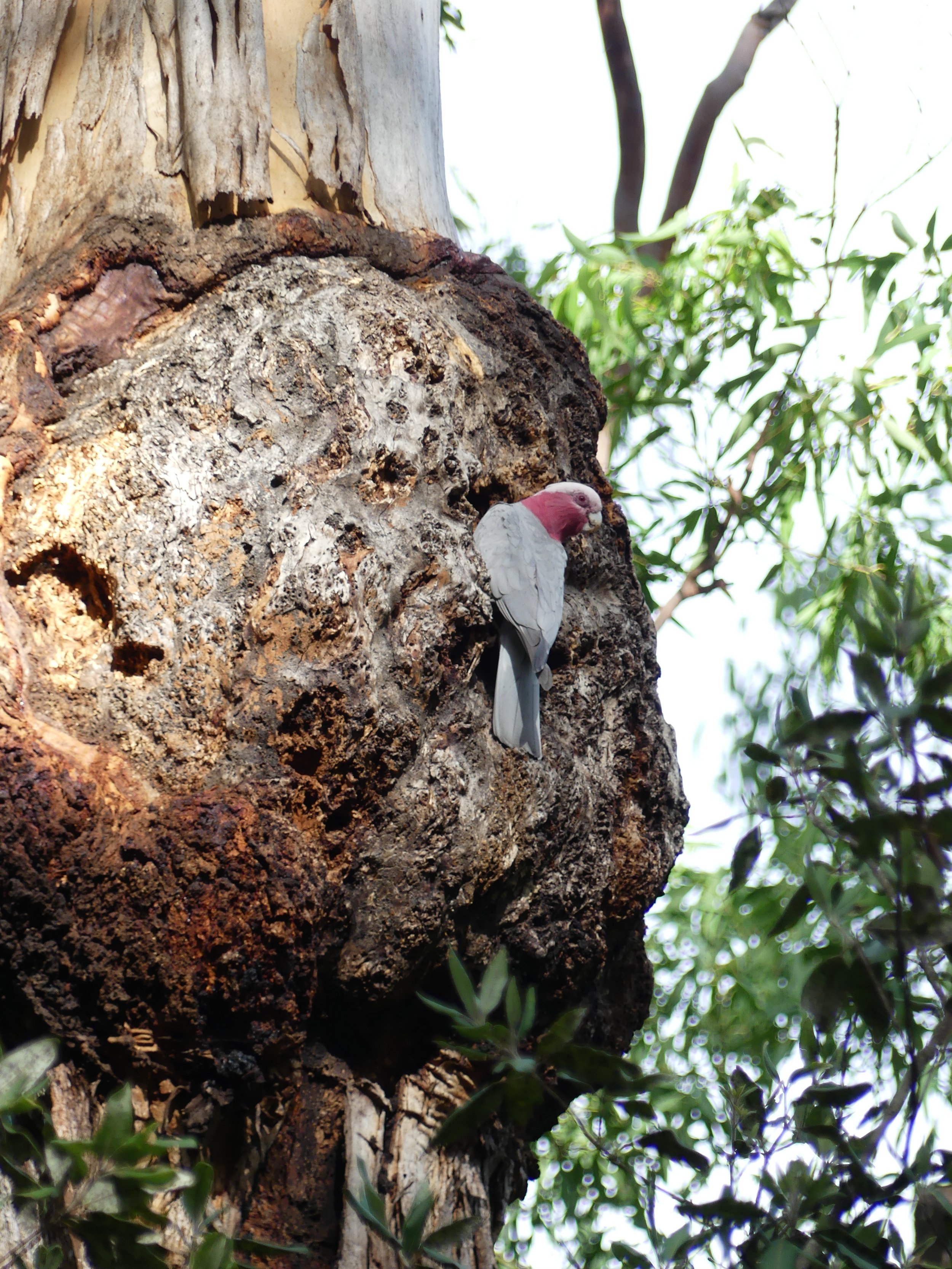
Galah nest in Blackbutt burl

Happy family bushwalk

Valley forest with Blueberry ash in flower

Rocks and Angophora costata – Sydney Red Gums below Warragal Rd

Mossy rock below Warragal Rd
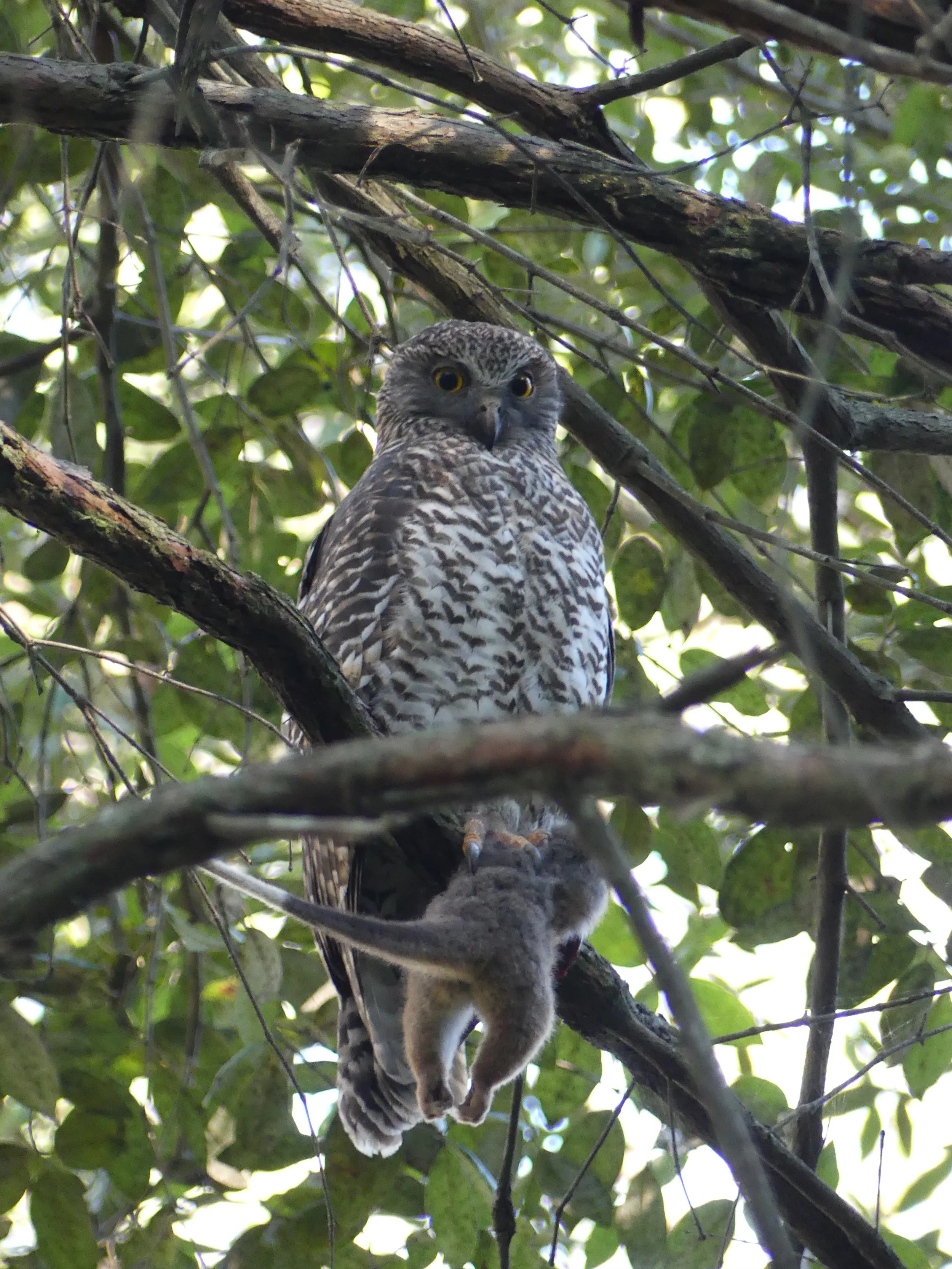
Powerful owl Ninox strenua
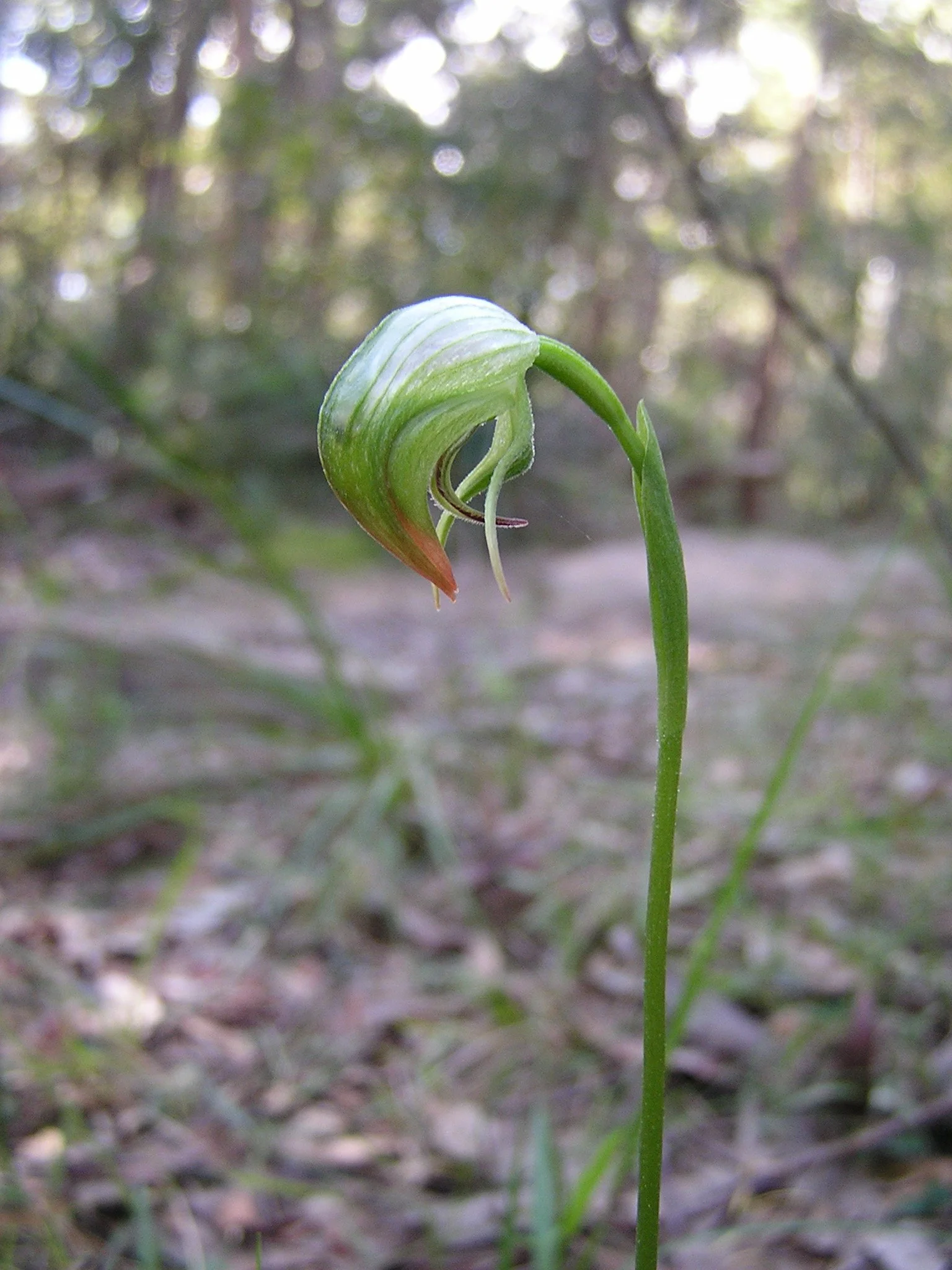
Nodding greenhood Pterostylis nutans

Cortinarius archeri

Mycena colony with Cortinarius sinapicolor

Cortinarius rotundisporus

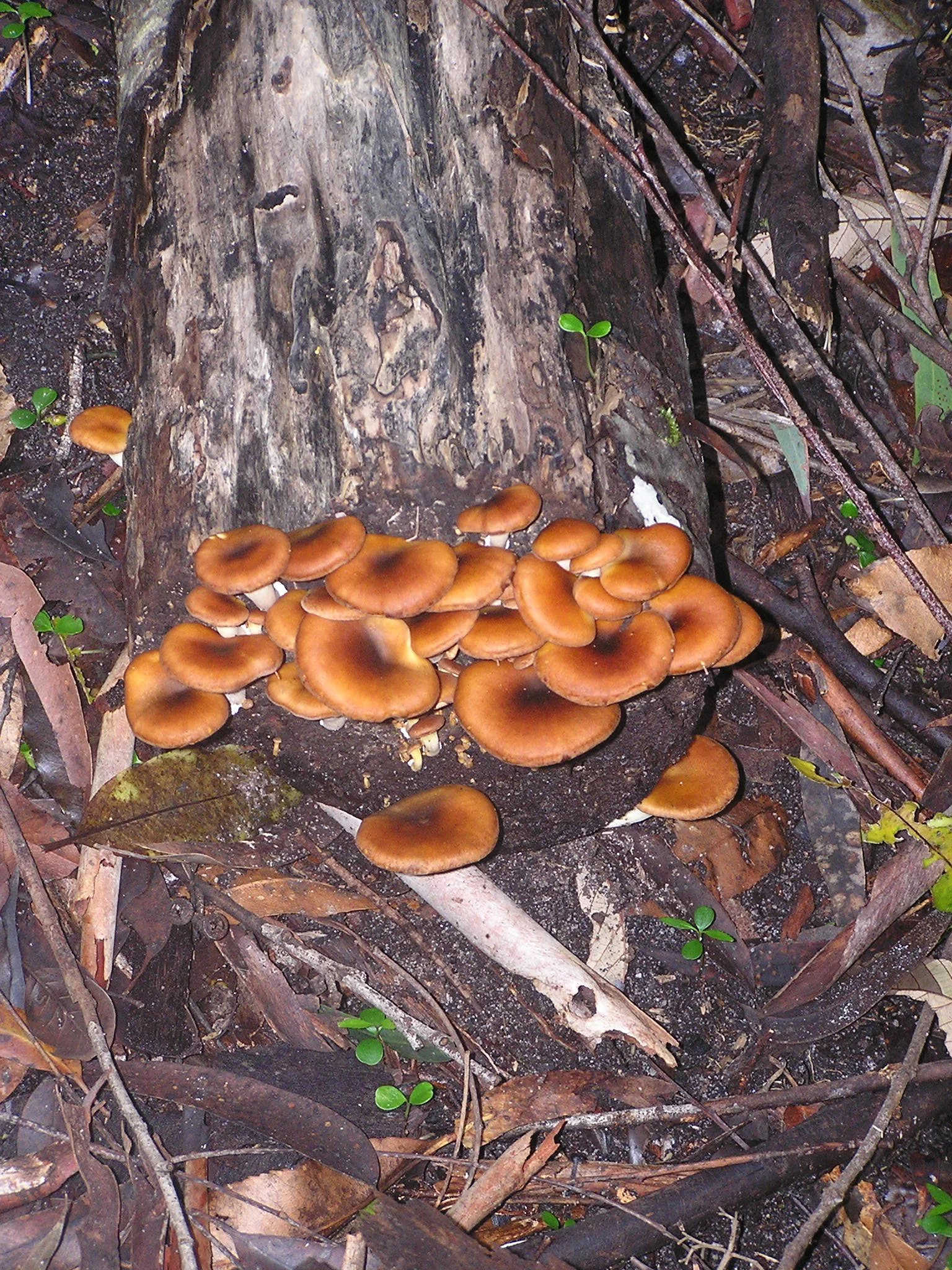
Possibly a species of Armillaria
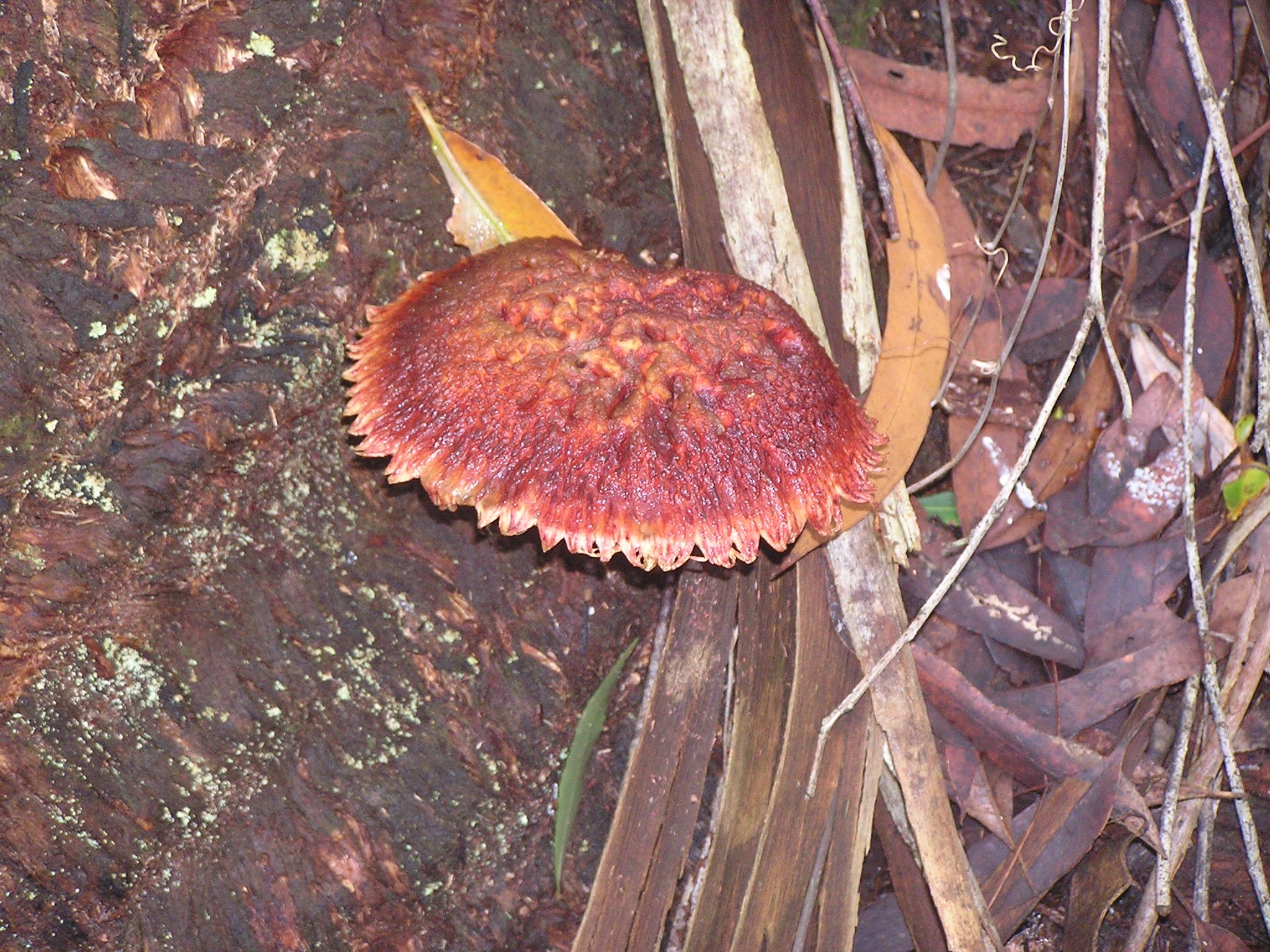
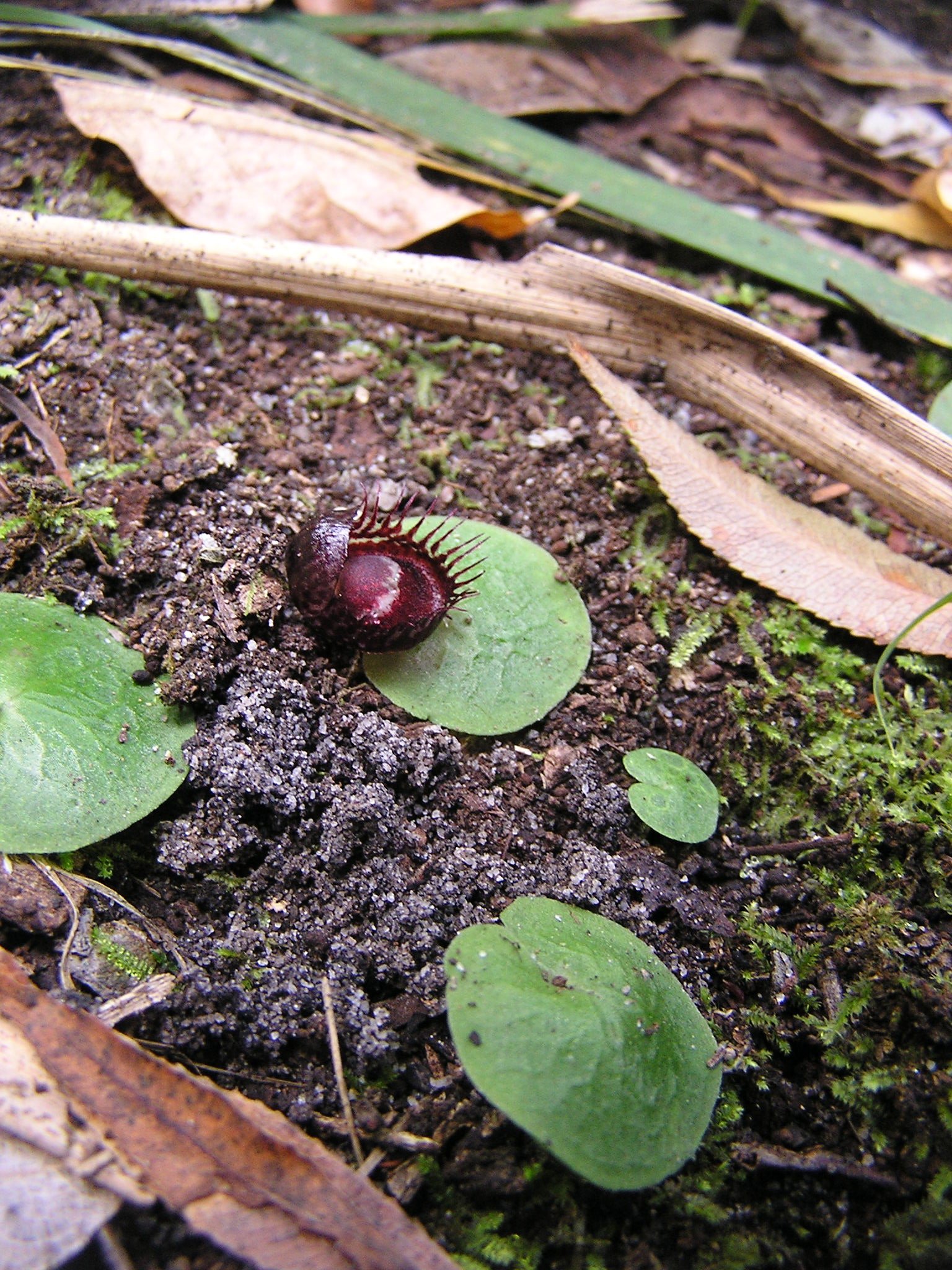
Fringed helmet orchid Corybas fimbriata
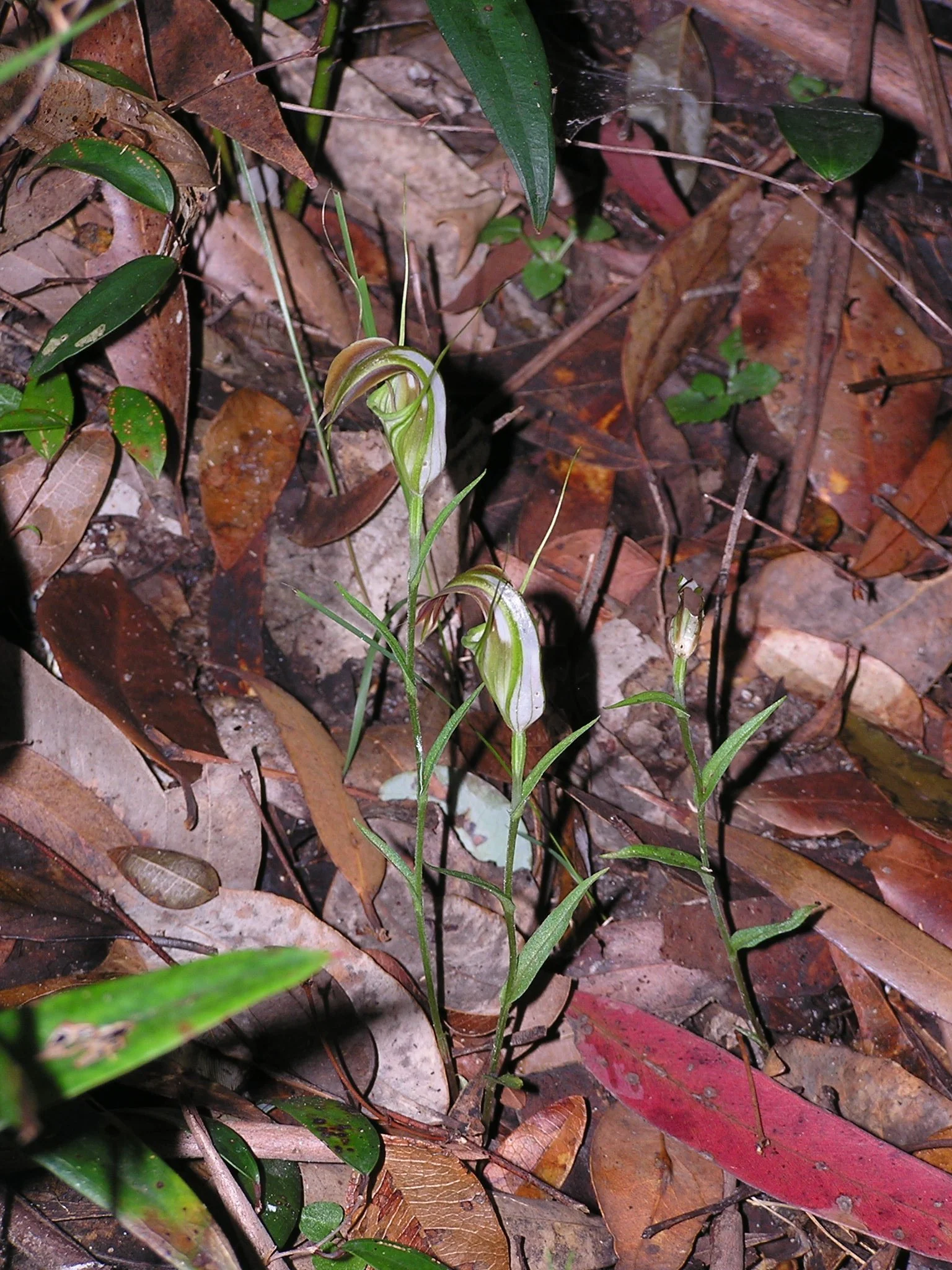
Superb greenhood Pterostylis grandiflora

Forested valley


Historic steps below Warragal Rd

Cave below Warragal Rd

Hillside below Warragal Rd
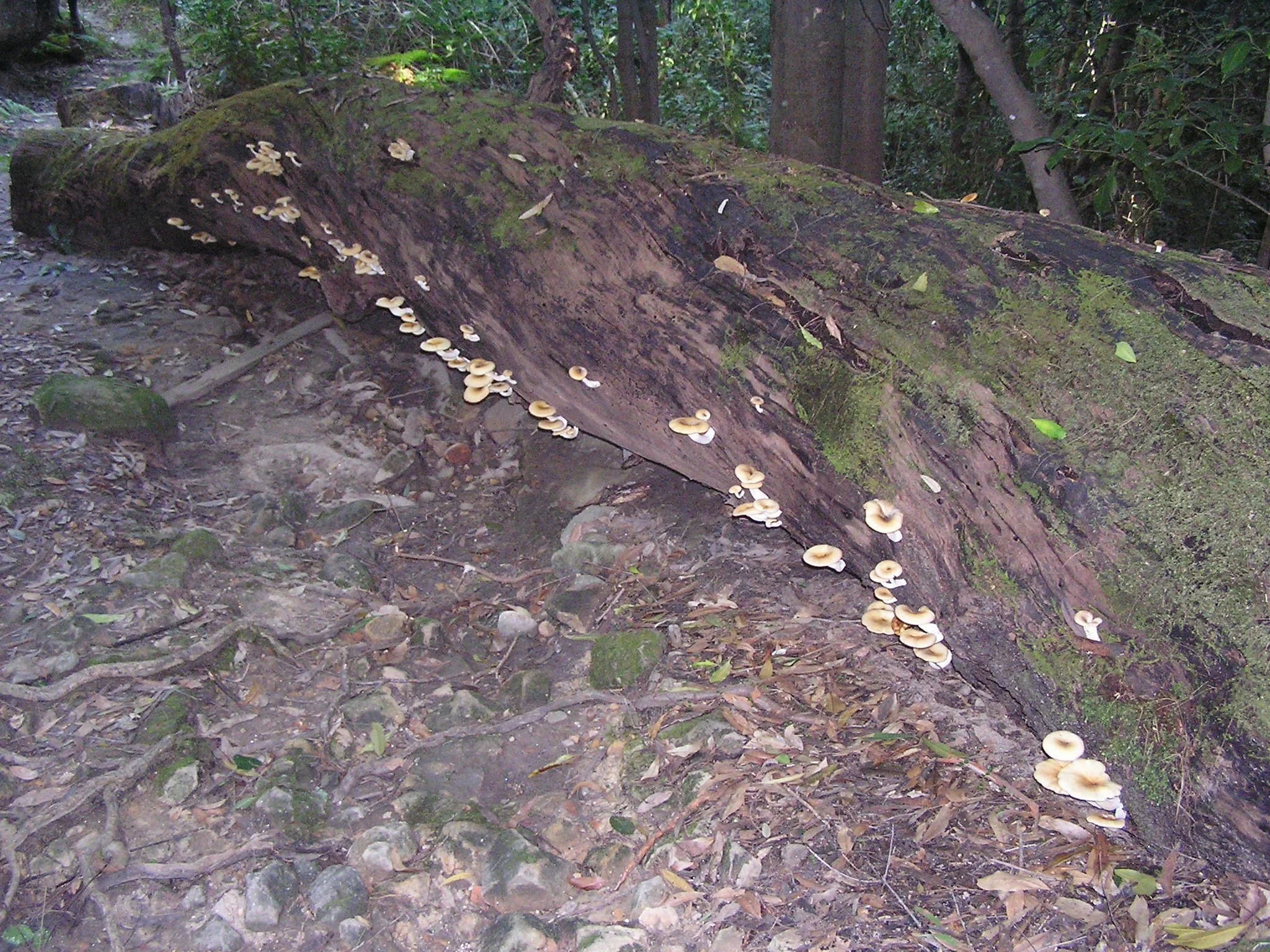
Podoserpula pusio

Coachwood new growth
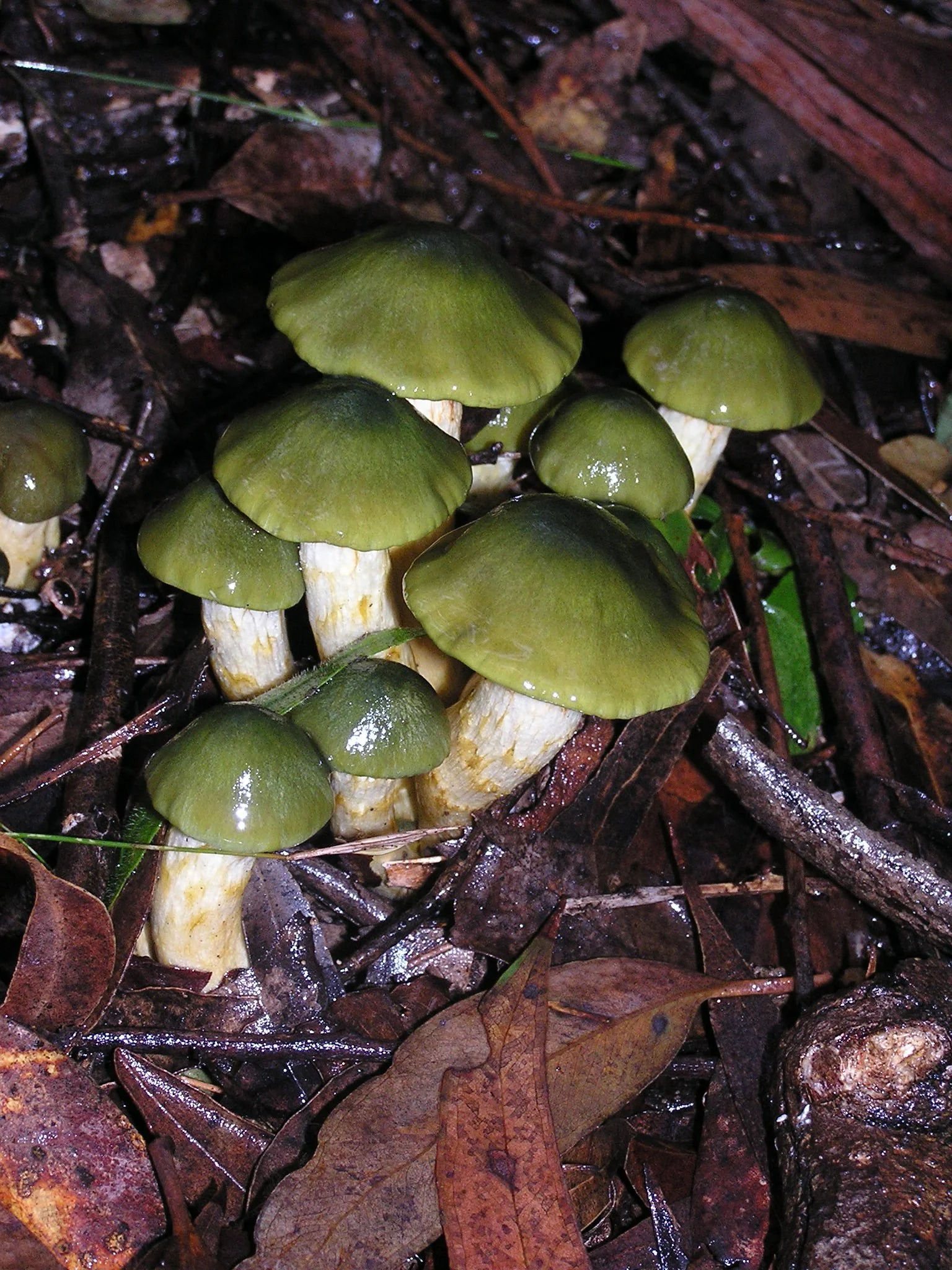
Dermocybe austroveneta

Hyacinth orchid Dipodium variegatum
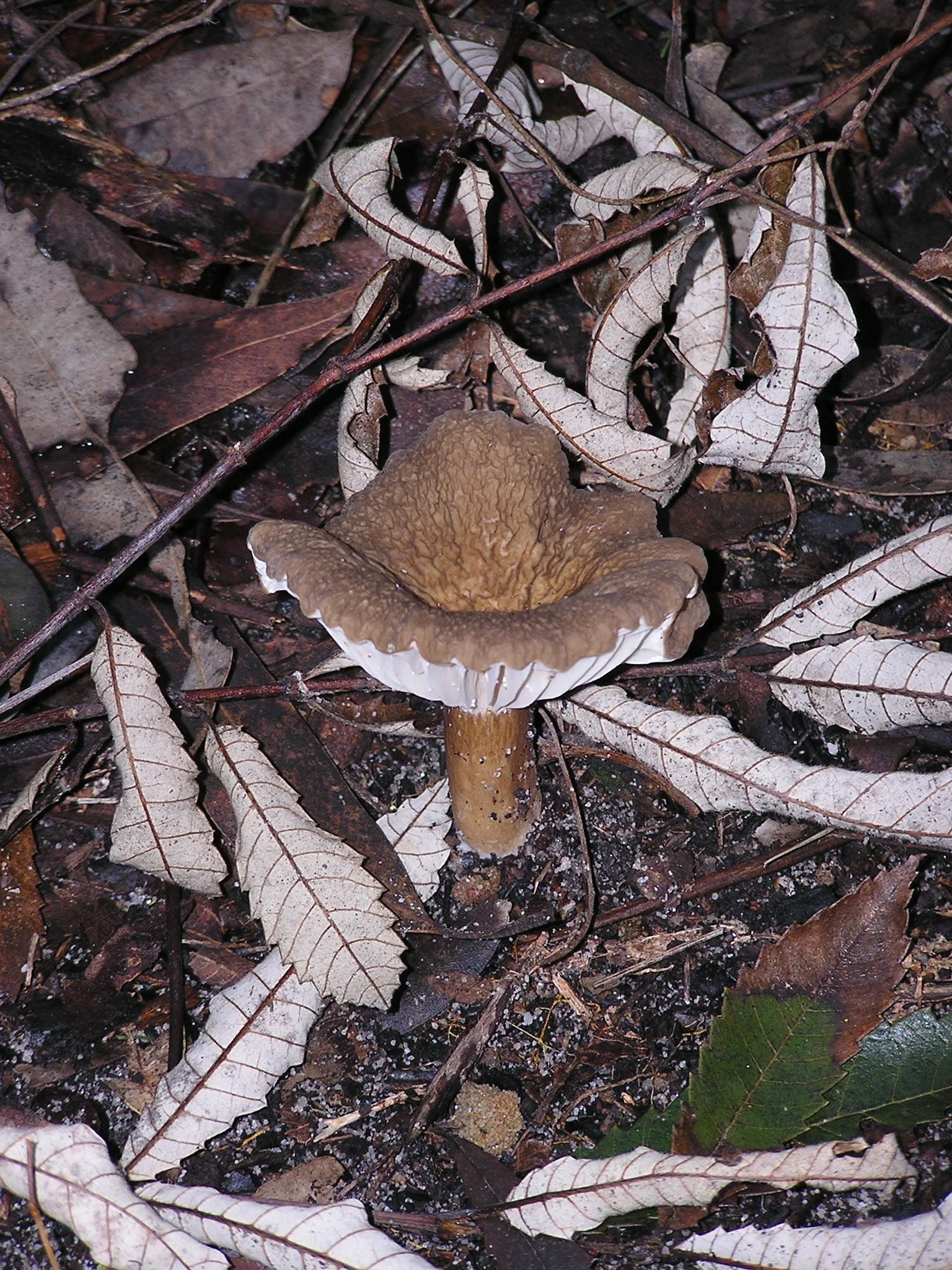
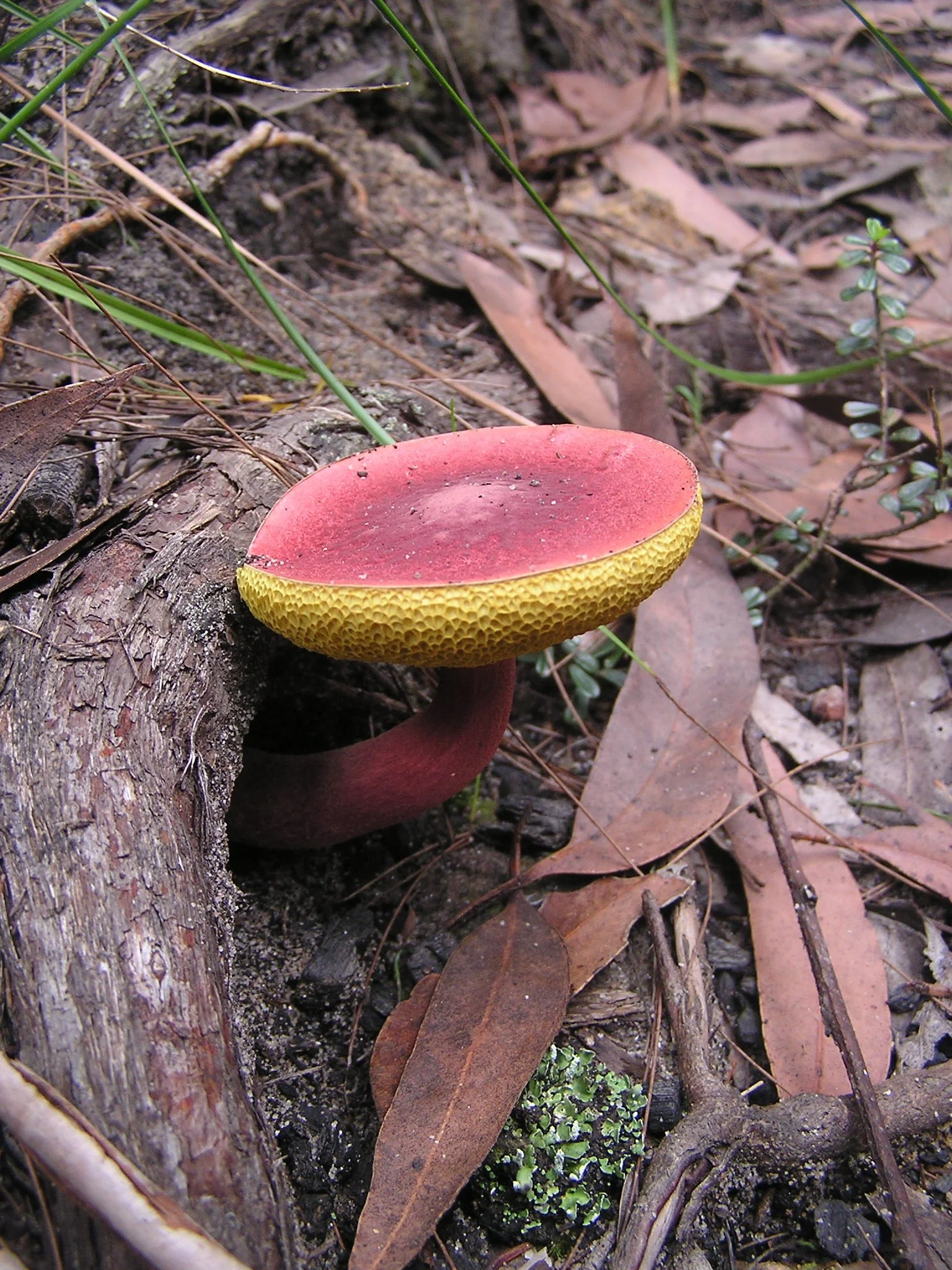
Boletus barragensis
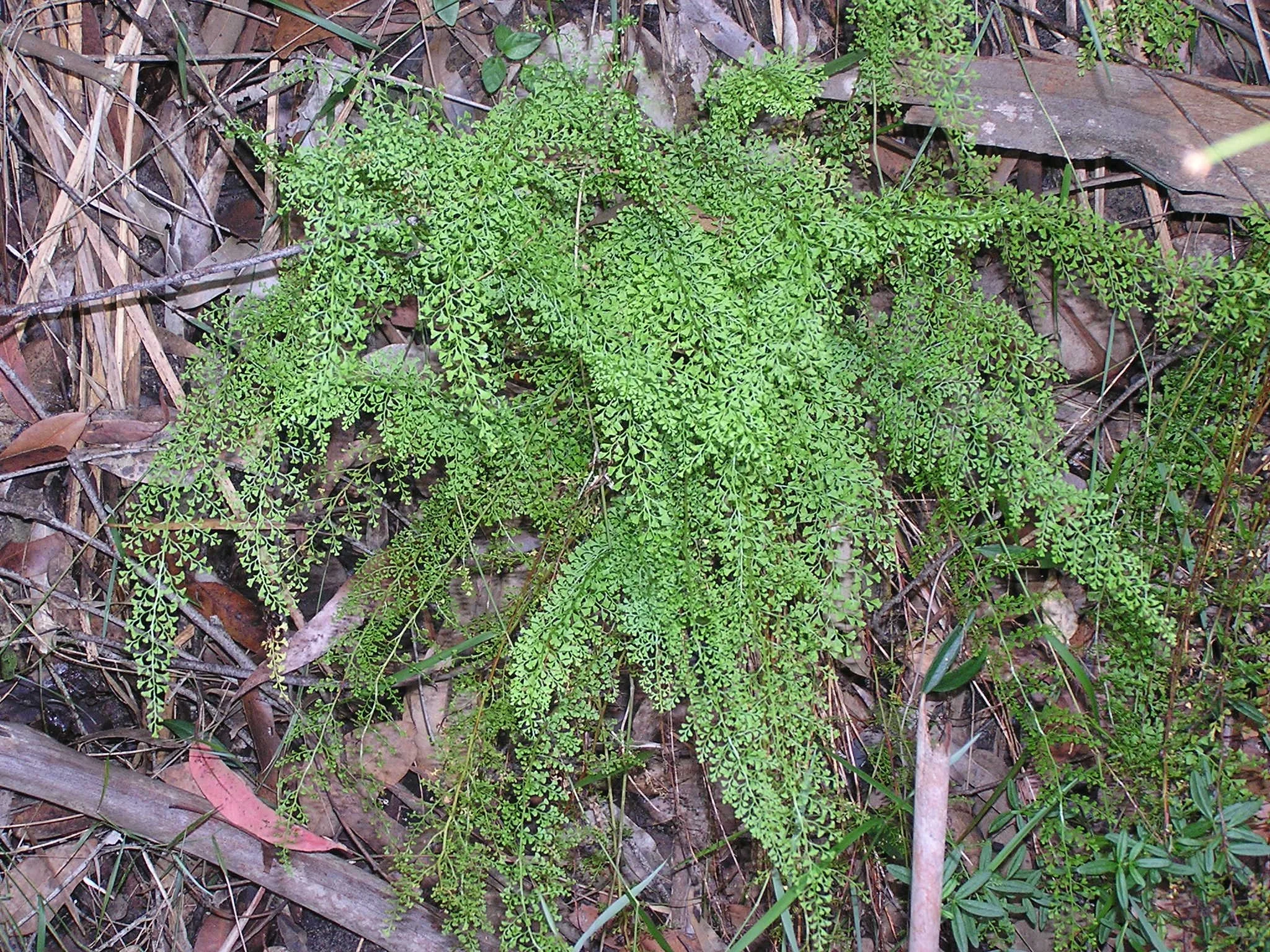
Lindsaea microphylla.

E. sparsifolia Mimosa bush
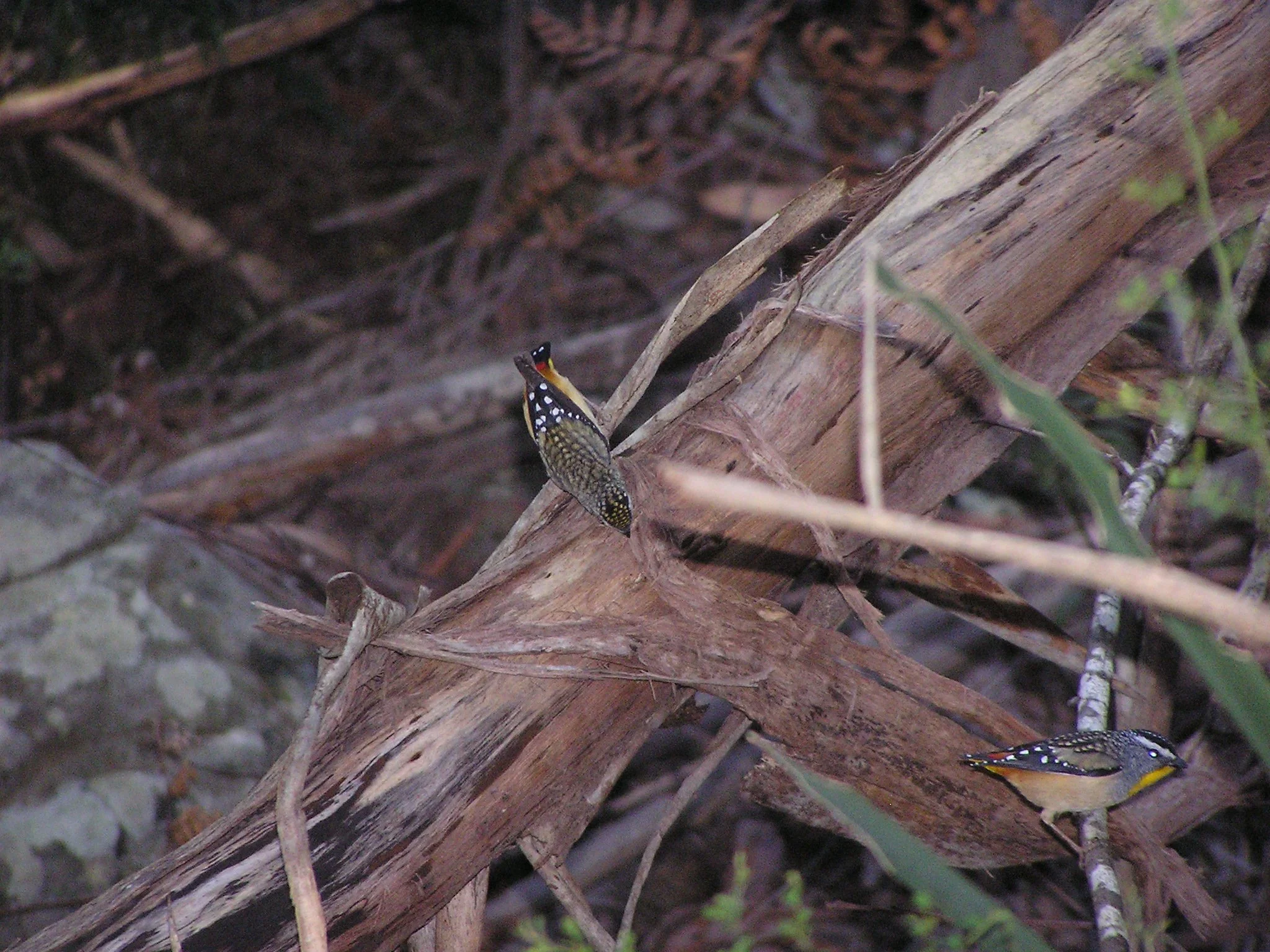
Pardalotes

Coral fungus Ramaria formosa
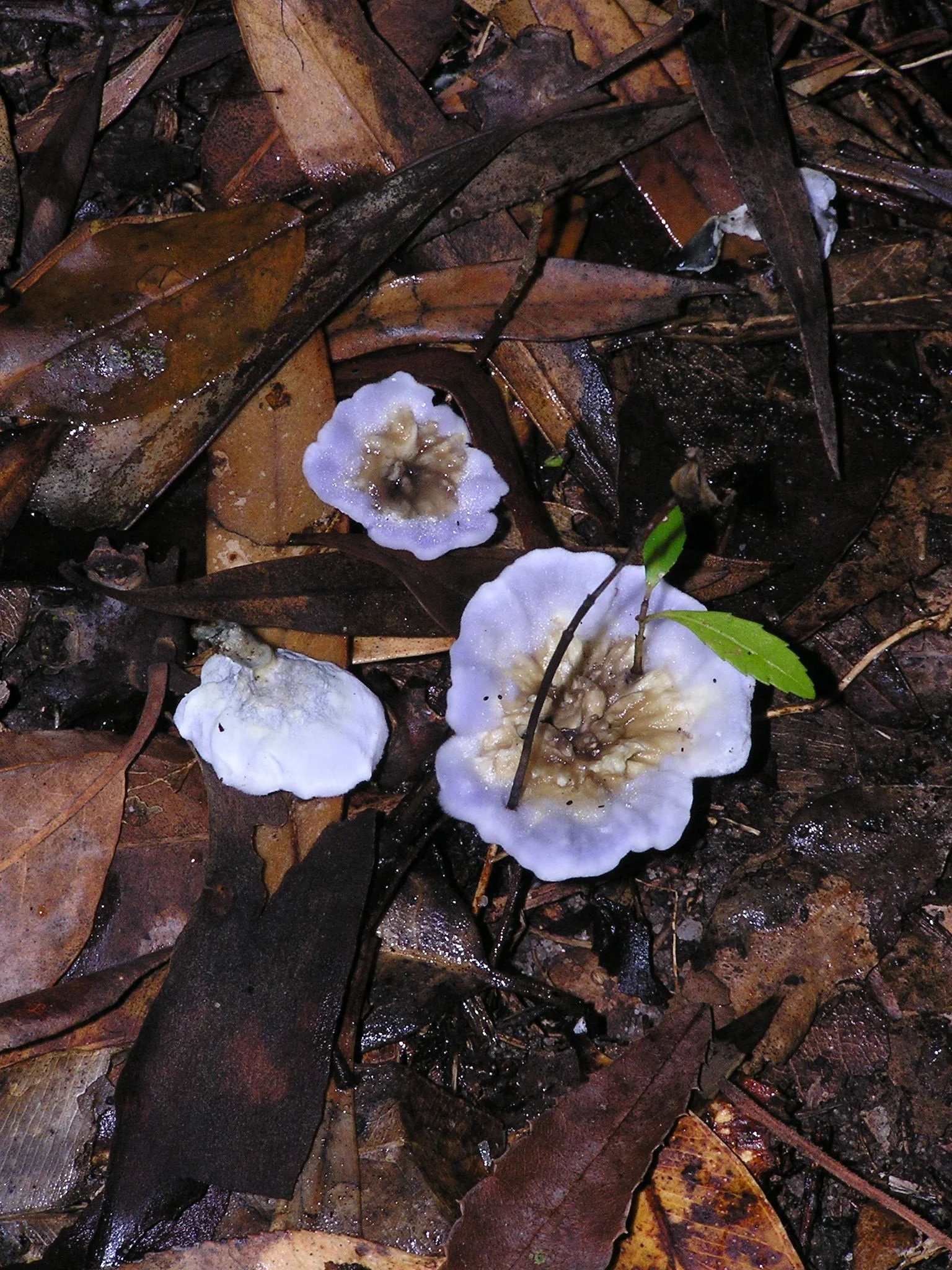

Russula mariae

Valley forest
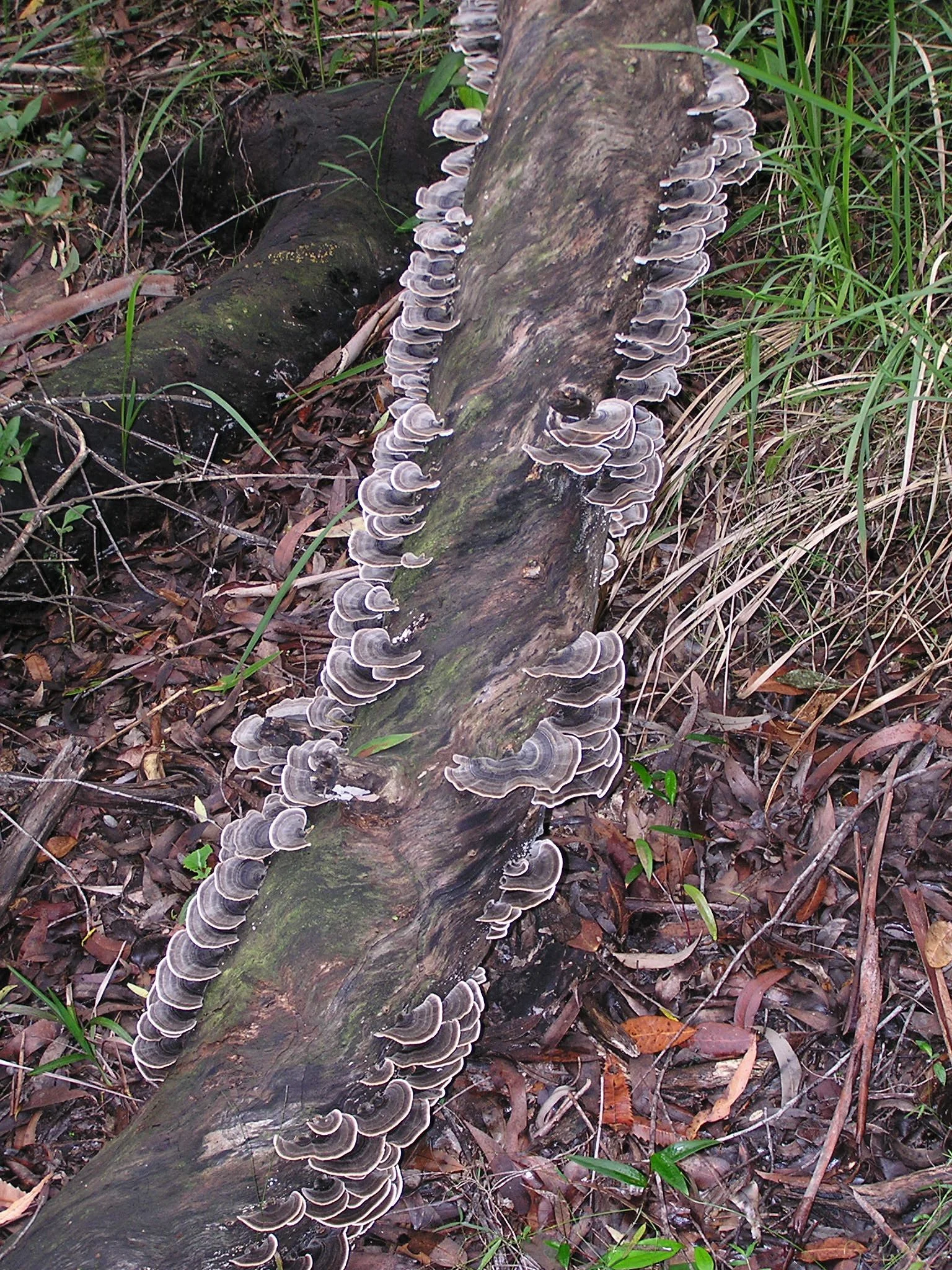
Trametes versicolor
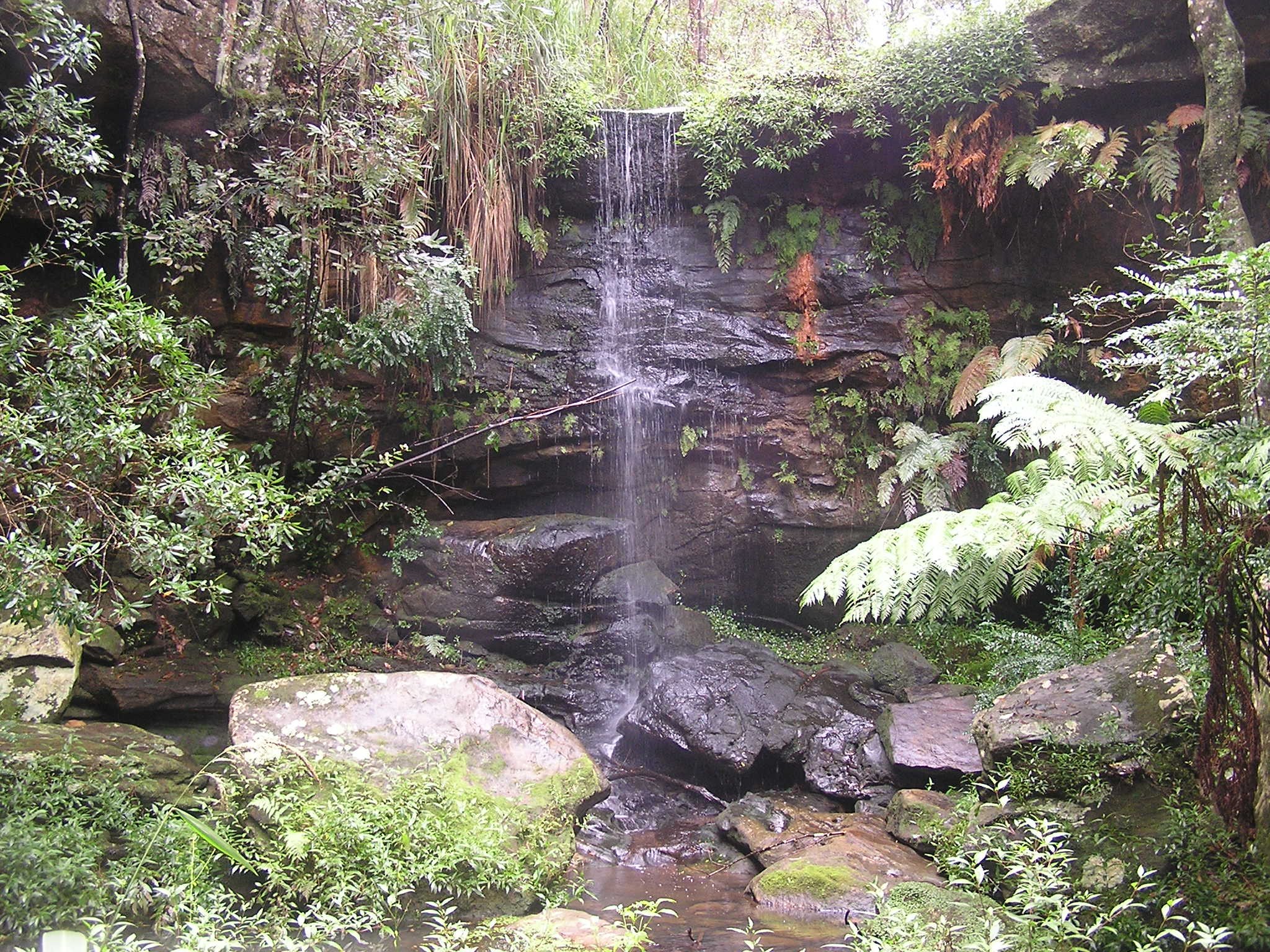
Waterfall with ferns

Coachwood rainforest
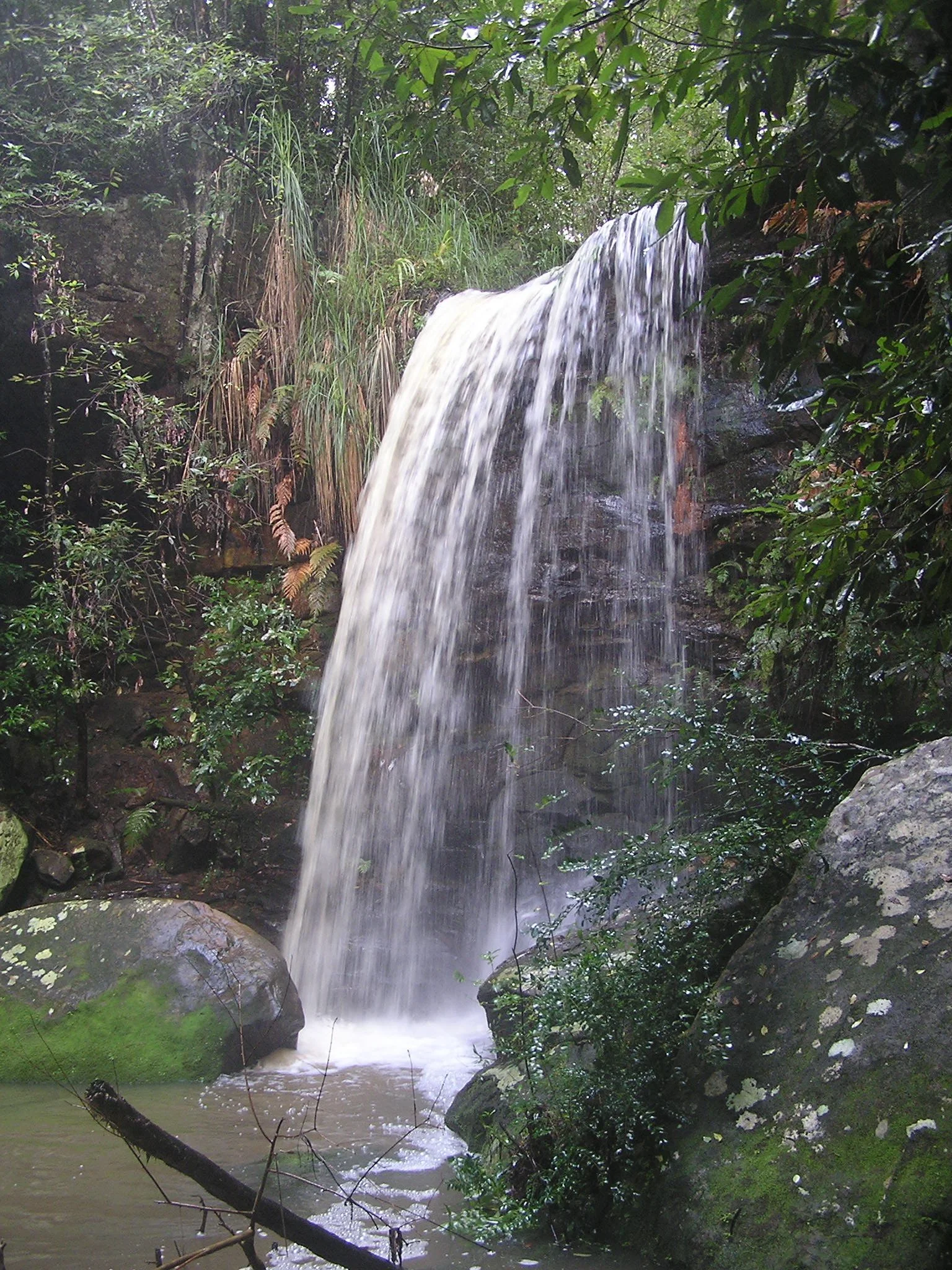
Waterfall Avondale Creek
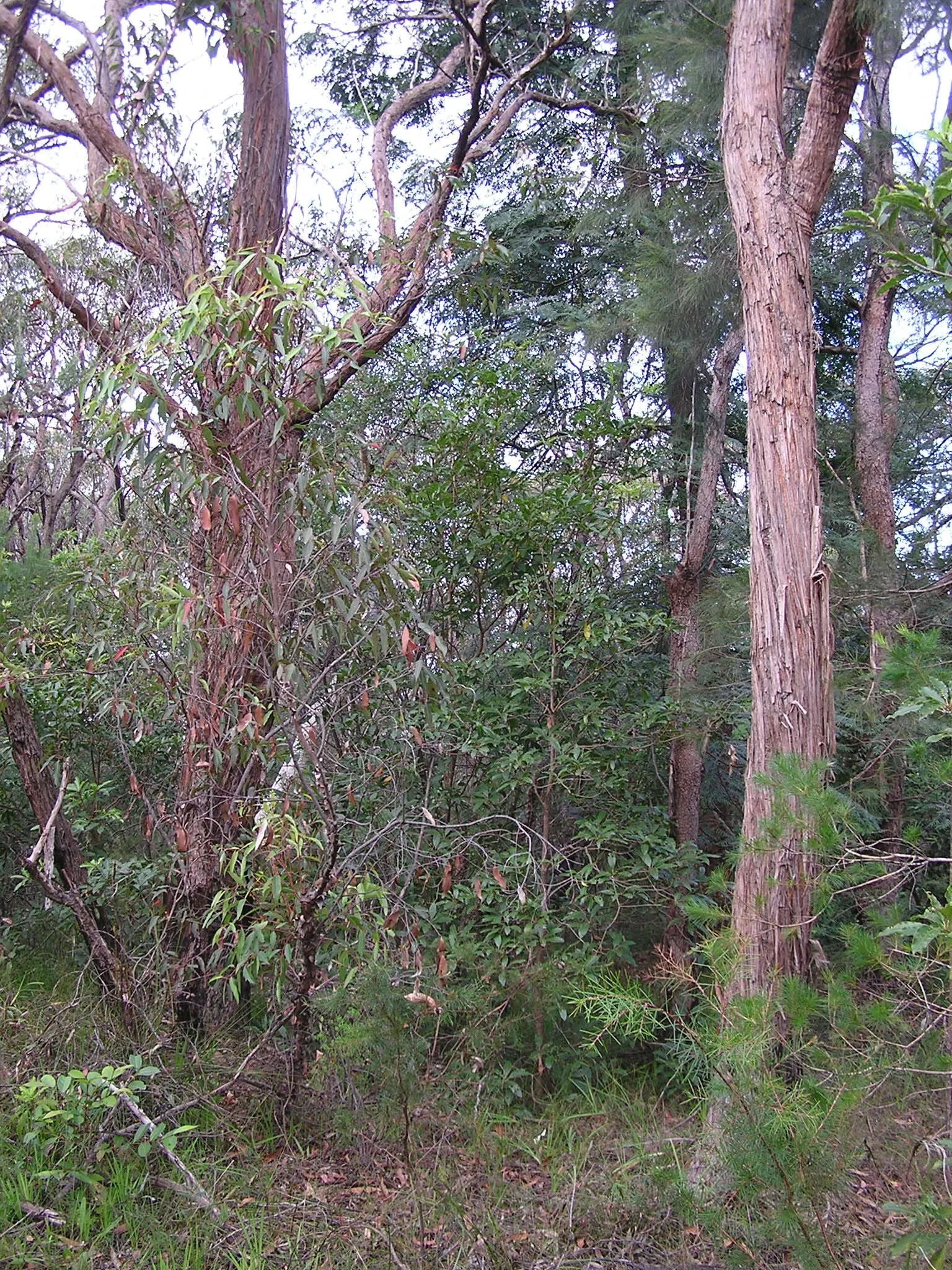
Eucalyptus sparsifolia Mimosa bush
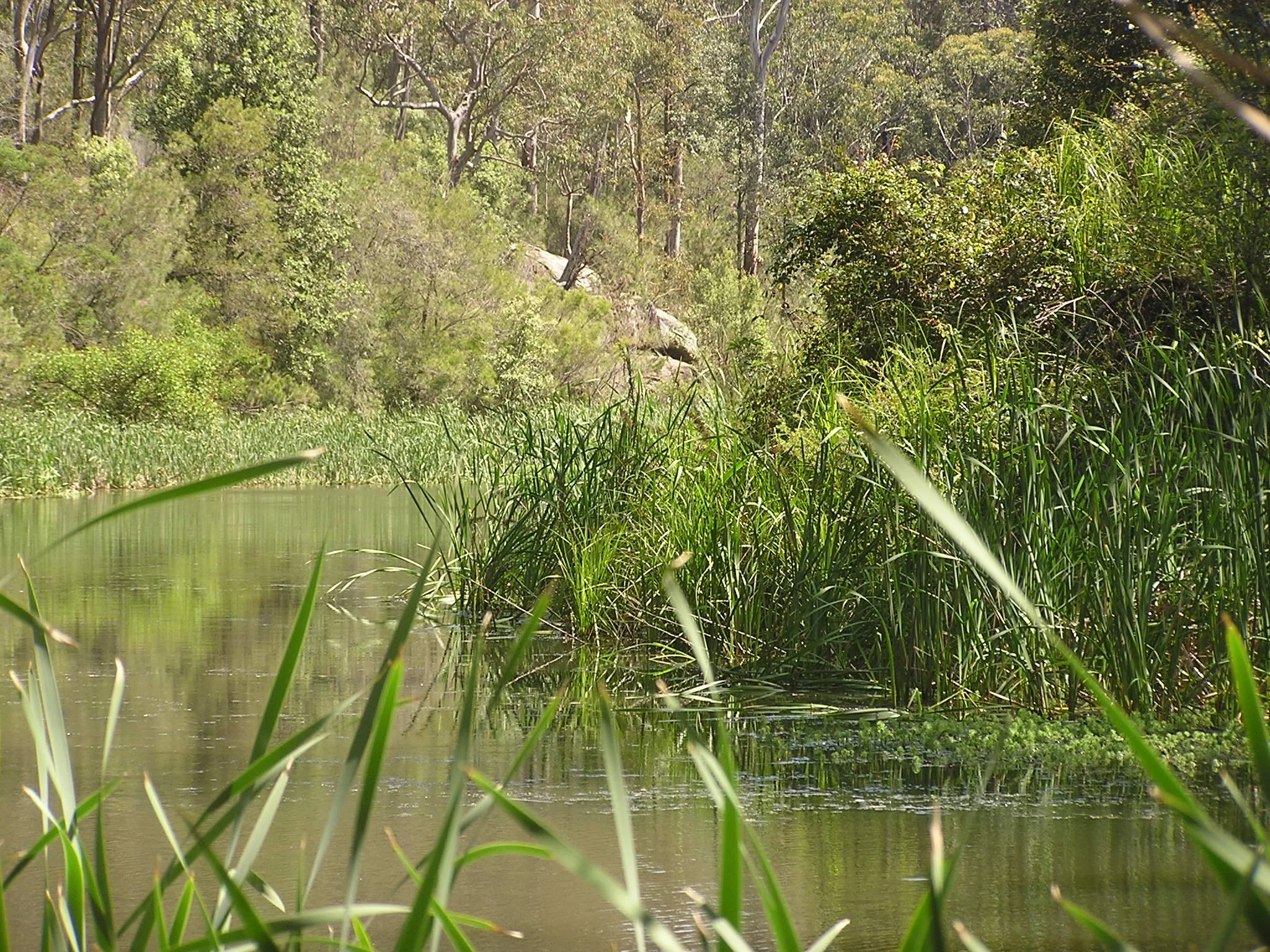
Avondale dam
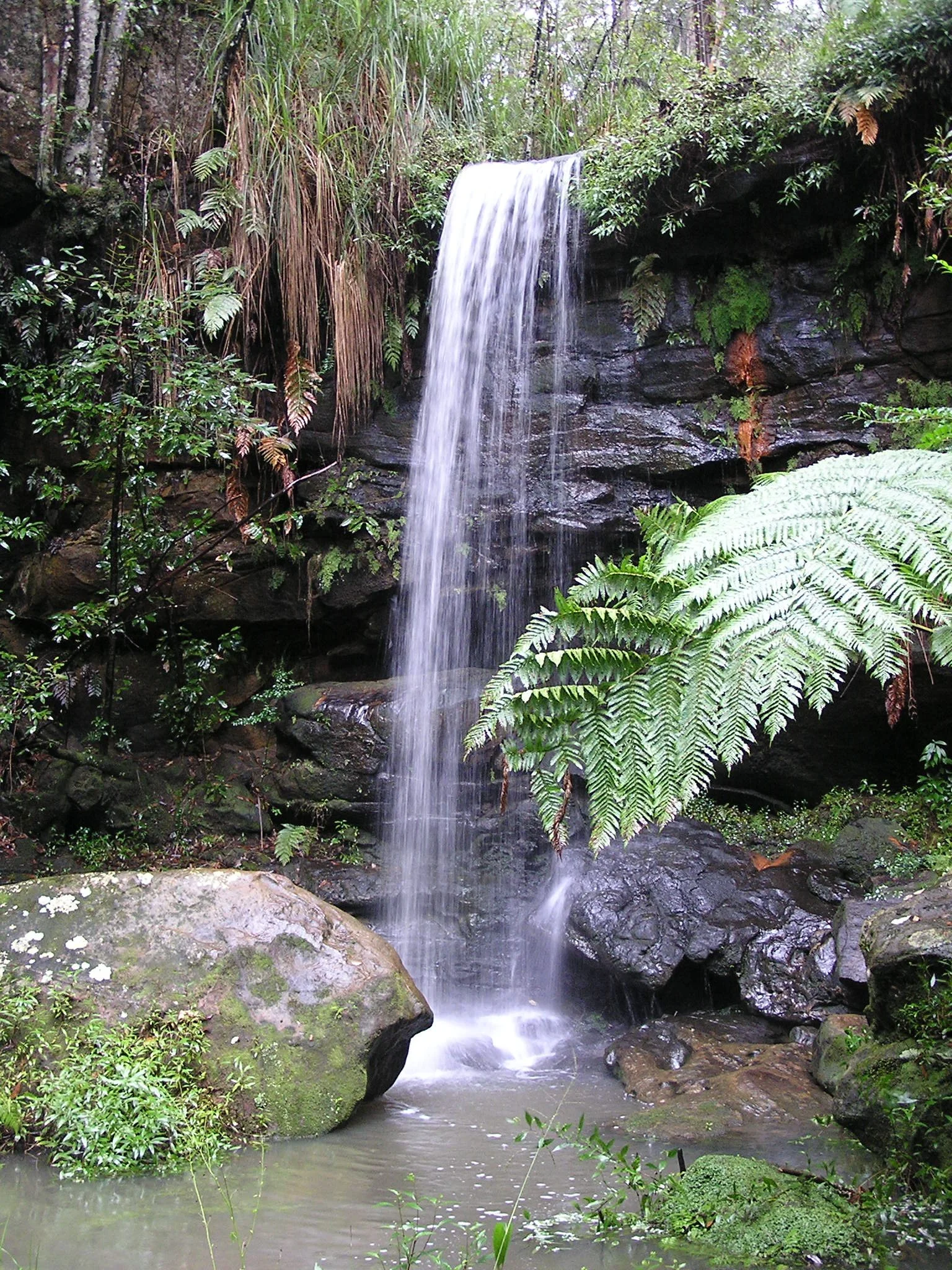

Blackbutts with Pultenaea flexilis
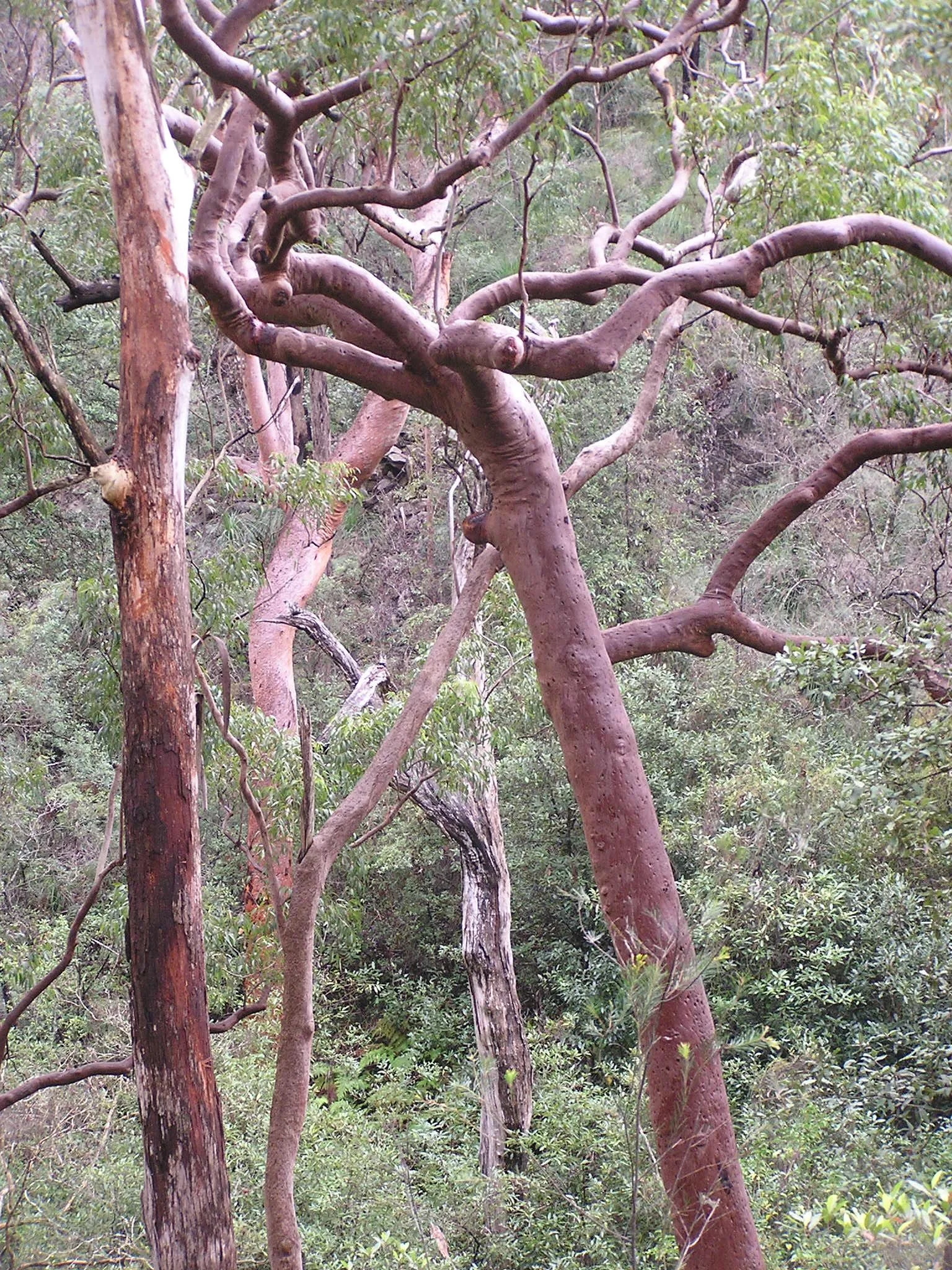
Angophoras in valley
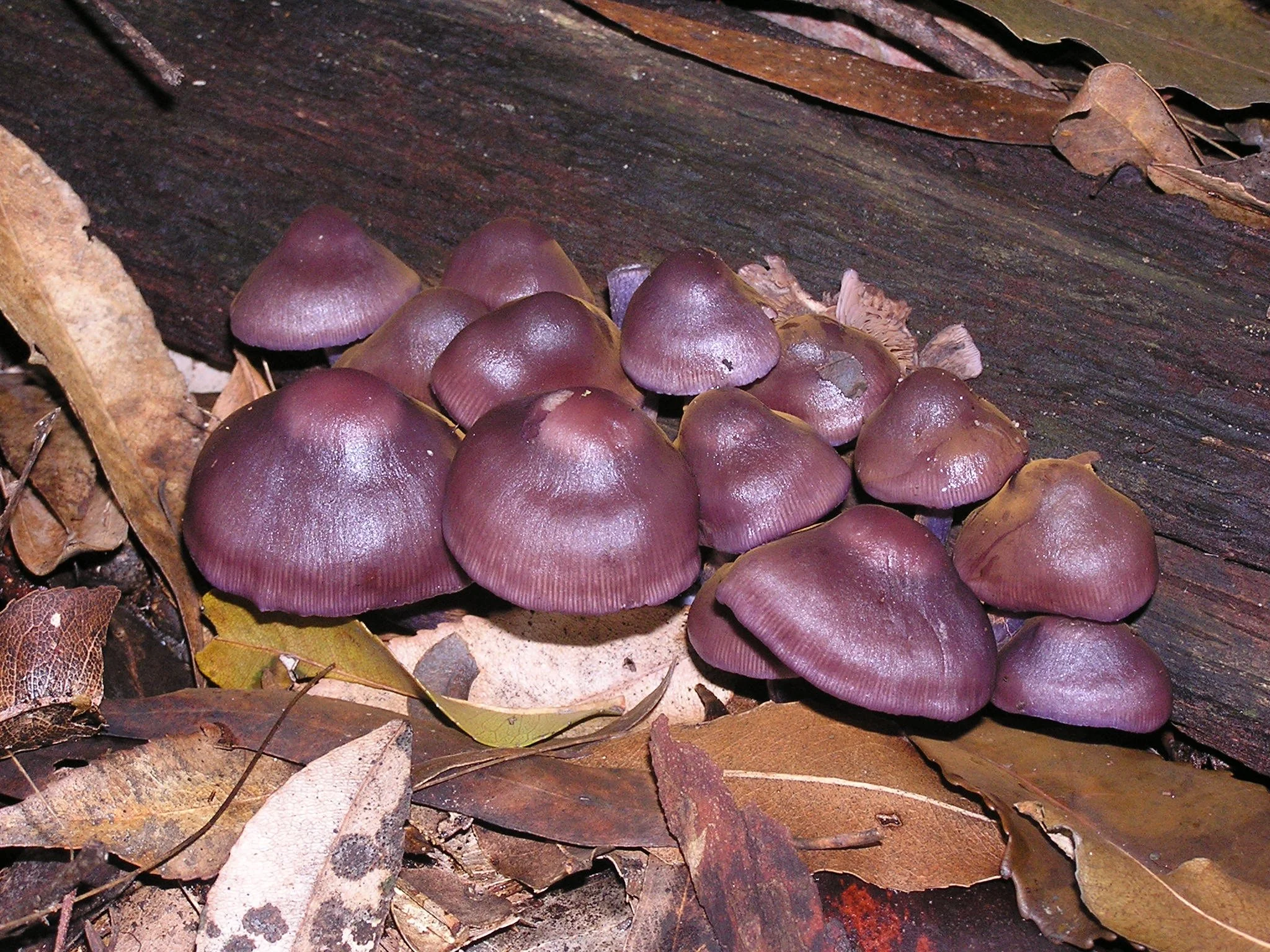
Mycena species

Hibbertia dentata and Schelhamerra undulata

Gosford wattle Mimosa bush.

Baeckia diosmifolia Mimosa bush

Helmet orchid

Forkfern main waterfall
